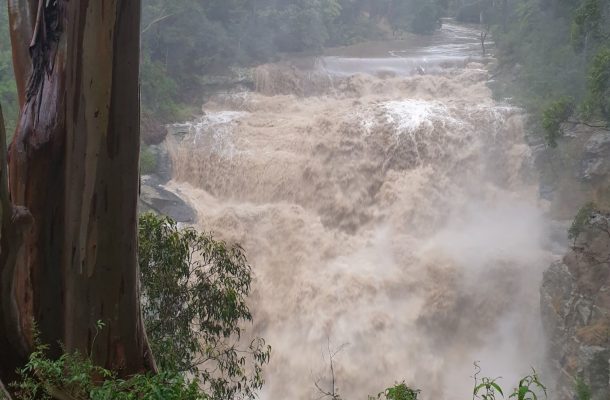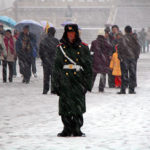After the deluge

Climate change has become as much a political cause célèbre and rallying cry as it is an environmental issue.
Unfortunately, the tendency to narrowly define “pollution” in terms of carbon emissions tends to distract from the urgent need to address the impacts of human activities which are already evident.
Following decades of denial and prevarication we are probably witnessing only the beginnings of the forecast extreme weather events. If a so-called one hundred year (1% probability) rainfall event seems catastrophic, consider the impact of a one thousand (0.1%) rainfall event. These unimaginable cataclysmic events are responsible for many of the amazing landscape features we travel great distances to see.
Landscape changes induced by geologic forces, climate or human activity affect water quality and make water supplies for our fast growing cities less reliable. Shifts in the geographic and seasonal distribution of rainfall and the intensity and duration of rainfall events will potentially threaten food security and political stability, not to mention disruption of ecosystems and decreasing biodiversity.
As shown in the cover photo of the Agnes River in Victoria, tremendous amounts of soil and nutrients are transported from cleared land to receiving water such as Corner Inlet, near Wilsons Promontory, which is internationally recognised as a refuge and breeding site for migratory birds under the RAMSAR convention. Smothering of the sea floor by sediment and nutrient enrichment interferes with marine ecosystems, including fish breeding and habitat.
Voting might reflect the ideology of individuals but the environment mirrors human behaviour in a variety of ways with terrifying indifference.

Max Thomas, Dip. Agric. (retired) worked in the public sector and in private consulting on a range of land, water and waste management projects. He prepared guidelines for irrigation with recycled water for EPA Victoria and developed a number of Environmental Management Systems in the water industry.














